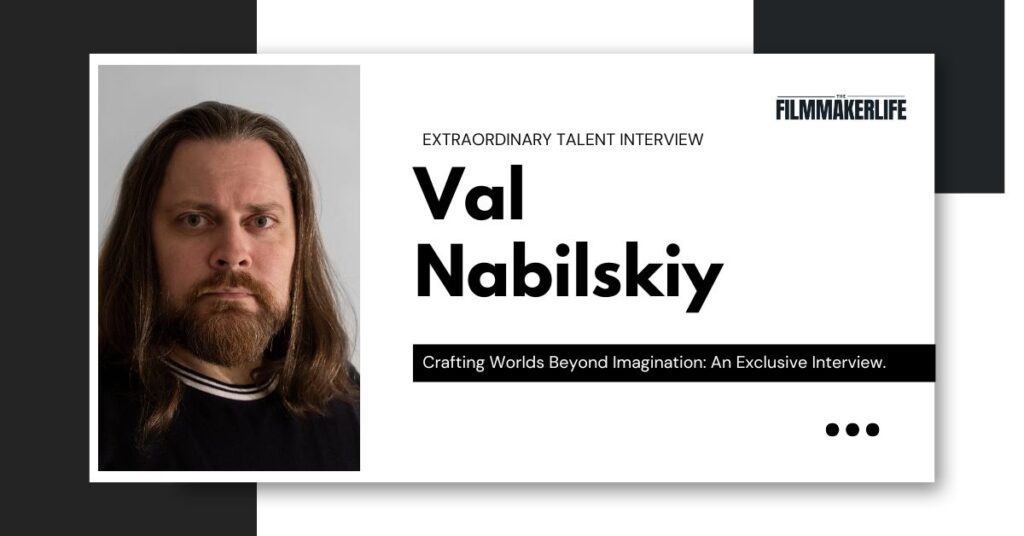
In the ever-evolving world of visual effects, few artists manage to seamlessly blend technical mastery with artistic storytelling quite like Val Nabilskiy. With a career spanning over 80 projects, his work has captivated audiences by pushing the boundaries of digital artistry. Recently, his personal project My Melody earned the prestigious Best Visual Effects award at the New York International Film Awards, a testament to his dedication and vision. In this exclusive interview, we delve into his creative process, the challenges of independent filmmaking, and the inspirations that drive his work. From medieval architecture to large-scale battle sequences, Nabilskiy takes us behind the scenes of his latest accomplishments and offers insights into the delicate balance between technology and storytelling in the world of visual effects.
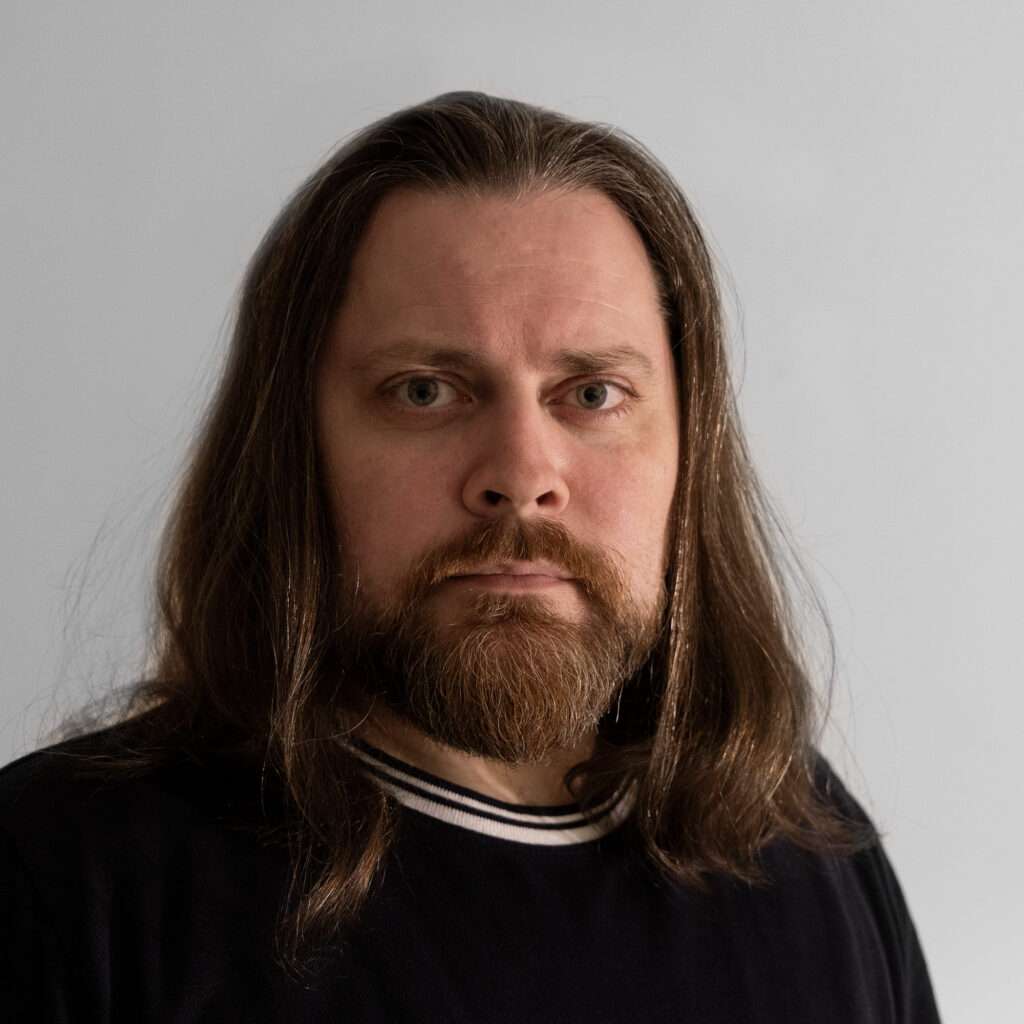
“My Melody” recently won Best Visual Effects at the New York International Film Awards—congratulations! What does this recognition mean to you, and how do you feel about the industry acknowledging your work?
Thank you very much, it was a great pleasure to receive this award. It’s always nice when work that you’ve put a lot of time, creativity, and effort into gets recognized — it gives strong motivation to keep creating.
You’ve worked on over 80 projects in visual effects, but “My Melody” was uniquely personal. What made this project stand out from your past experiences, and what drove you to bring this vision to life?
Working on personal projects is an incredibly rewarding experience. In my day-to-day professional work, I usually collaborate within a team where responsibilities are clearly divided. But when I take on a personal project, I find myself wearing many hats—combining creative, technical, and organizational roles. It’s a valuable way to grow as an artist. What I find most exciting is the full creative control: every decision, every detail is in your hands, and that level of freedom is both challenging and deeply inspiring.

You designed a world that feels like an illustrated fantasy book. What was the most rewarding aspect of crafting these historical and fantastical environments?
Above all, creating personal projects offers an invaluable kind of experience—one that simply can’t be gained any other way. There’s something deeply fulfilling about imagining an idea in your mind and then using various tools to bring it to life on screen. It’s the full arc of transforming a thought into a visual reality, and that creative journey is both challenging and incredibly rewarding.
Visual effects are often considered “invisible” when done well. Were there any particular shots in “My Melody” where you feel the VFX work truly shines, even if the audience might not notice?
One of my favorite moments is the battle scene—it’s an incredibly large-scale sequence featuring over ten thousand warriors. It was far from a simple task, and that’s exactly why I’m so proud of it. I still remember the immense effort it took to bring that vision to the screen, and seeing it come together was truly rewarding.
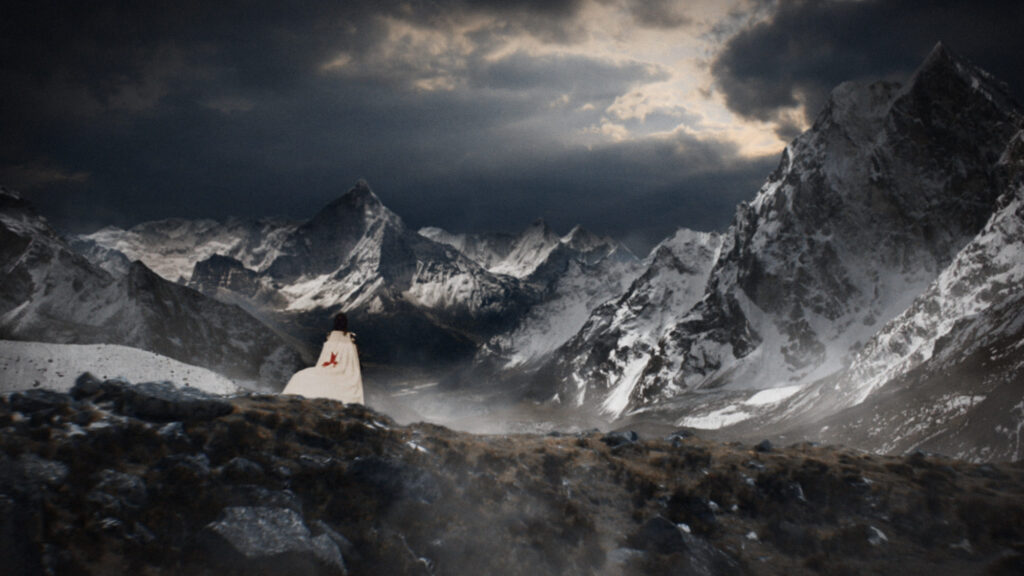
Bringing such an intricate project to completion, especially with limited resources, is no small feat. Were there moments where you had to rethink your approach due to technical constraints?
The entire process was built on constant compromises. At every stage, I had to make tough decisions and let go of certain ideas in order to keep the project feasible. The biggest challenge was executing the whole production using just a single computer, which meant everything had to be planned with precision—step by step, with a clear and efficient structure in place.
You’ve mentioned drawing inspiration from medieval European architecture and fantasy. If you could bring any historical or mythical world to life on screen with unlimited resources, what would it be ?
The 14th and 15th centuries are incredibly rich and fascinating chapters in human history. So many pivotal events from that era have directly or indirectly shaped the world we live in today. I believe that understanding history is essential to making sense of the complexities we see around us now—and cinema is a powerful tool for exploring and communicating those deeper historical narratives.
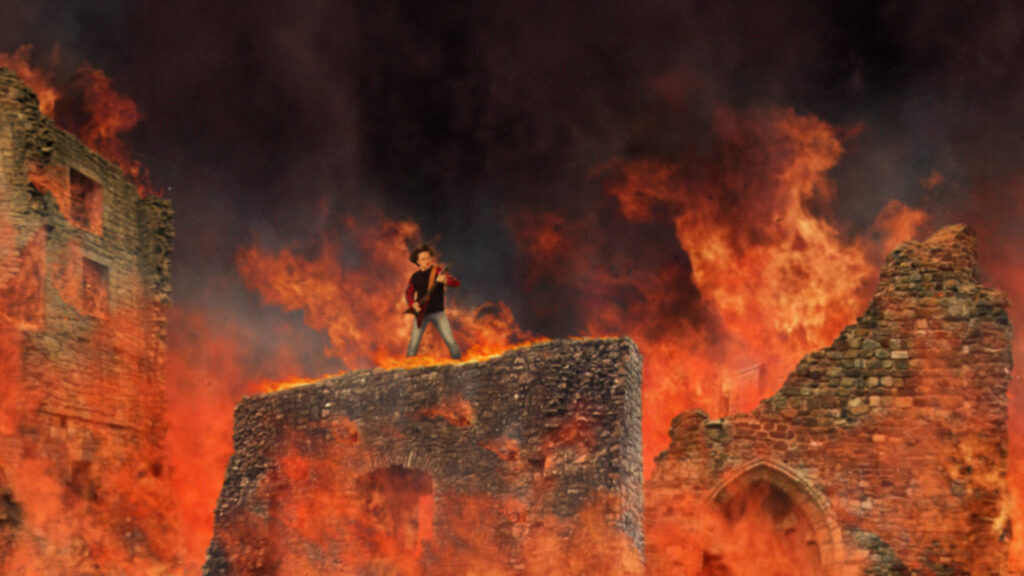
Your career blends both technical expertise and artistic storytelling. How do you balance the technical precision required for VFX with the emotional and narrative elements of filmmaking?
These skills really come with experience. It’s all about staying curious and open to learning new things—and that feels natural when you’re working in a field as inspiring as filmmaking. I’ve always had a deep passion for cinema, and what excites me most is the creative process itself—the thrill of bringing something entirely new into existence.
Looking back at your journey, what’s one lesson you’ve learned that you wish you had known when you first started in the industry?
The most important thing is to do what you genuinely love. The industry offers so many different paths, and it’s crucial to find the one that truly resonates with you. That’s the only way to grow as a professional. When you’re passionate about your work, growth comes naturally—and growth is absolutely essential. Don’t be afraid to seek advice from those with more experience; in my experience, people are usually more than willing to share their knowledge.
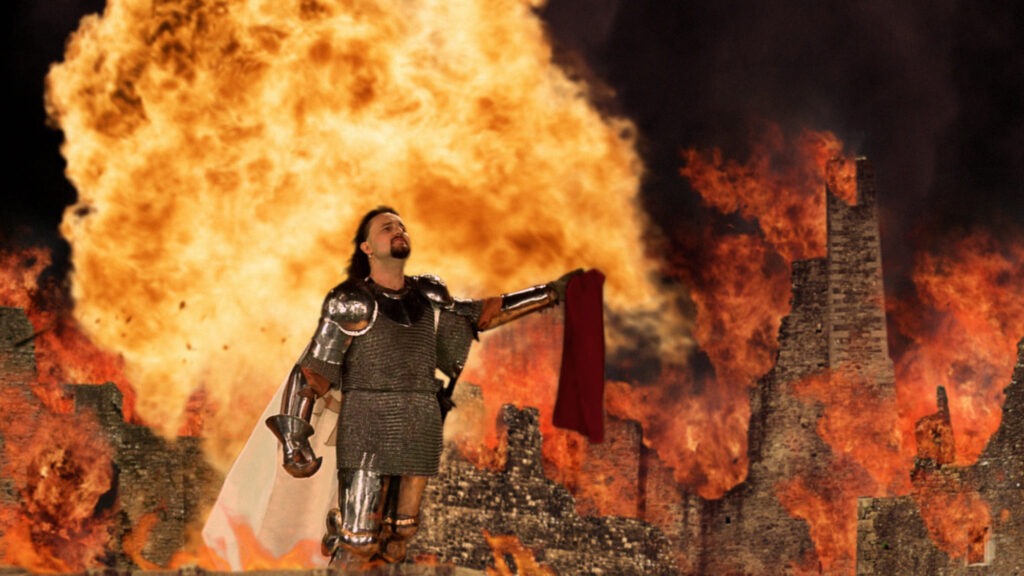
Your new short film is currently in post-production—can you give us a sneak peek into what we can expect? Will it continue your signature blend of fantasy and technical mastery?
It’s a fantasy film set in New York City. It’s a very complex project with a significant amount of visual effects, though they lean more toward a realistic style. I can’t wait to see the final version and share it with audiences.
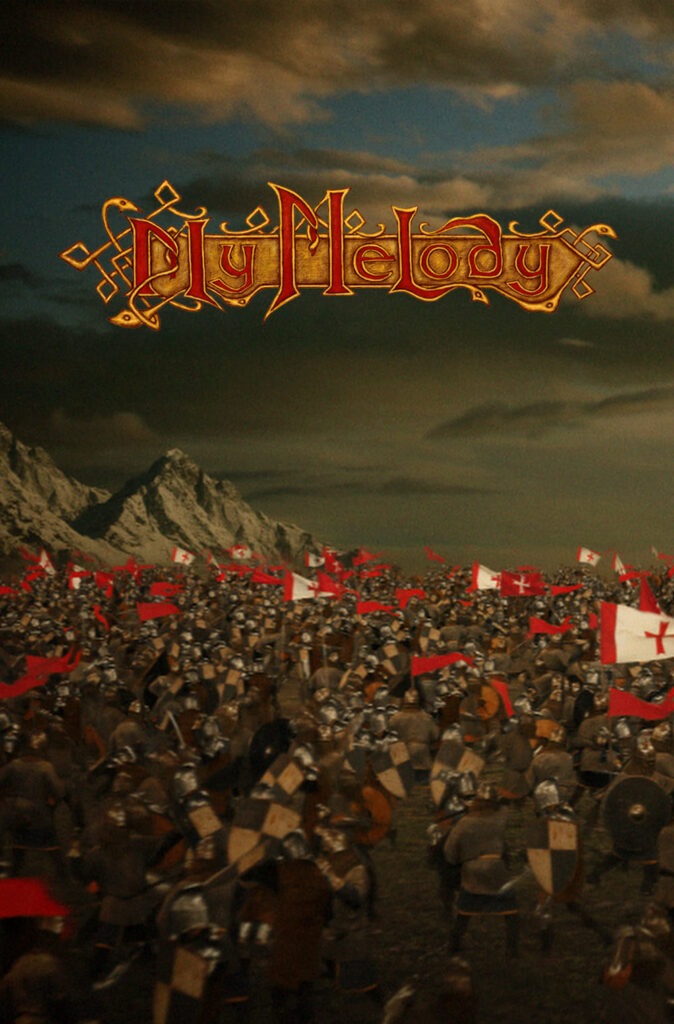

FilmmakerLife is proud to be a global team of dedicated professionals who are passionate about the world of filmmaking.